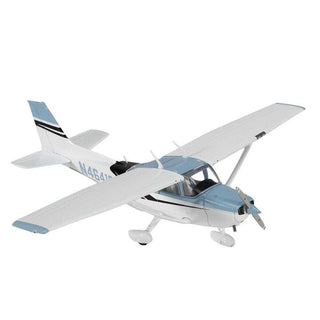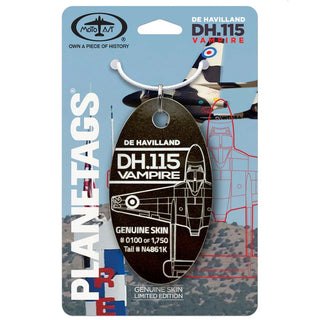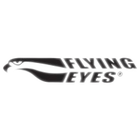Covers all six subjects for the PPL CAA (NZ) Theory Exams
- Air Law
- Flight Radiotelephony
- Aircraft Technical Knowledge
- Human Factors
- Meteorology
- Flight Planning and Air Navigation
Written by: G Ganesh, Theory CoPilot
For the price of less than half an hour of flying, this book covers all the theoretical knowledge you need to know to get you up there as a private pilot.
Flying around New Zealand is a real adventure that everyone should be able to experience. There are many barriers to being able to achieve that dream - this book has been put together to try and lower one of those barriers.
The entire New Zealand syllabus is covered in a modern, concise, question-and-answer format supported by over 200 diagrams. It is an easy to read revision guide to help you get through the theory exams on your way to become a private pilot.
Learning to fly is an exciting adventure and challenge. Learning aviation theory is part of that. To help you on that journey we wanted to create the most modern, concise, and beautifully presented aviation theory guides out there.
There are many aspects of aviation theory that are tested in the six subjects of the New Zealand PPL syllabus. Each subject and its component topics could be studied in exhaustive detail, much of which is excessive to the private pilot and detracts from the key points. We focussed this book on those key points and is presented in a question-and-answer conversational style that helps you understand and remember the information.
This single book covers the entire CAA (NZ) syllabus for the private pilot. The book is divided into six parts, covering each subject. The book is fully indexed and contains over 200 figures.
Part 1: Air Law
The rules and regulations for flying an aircraft have evolved to promote aviation safety. The private pilot's legal responsibilities begin even before climbing aboard an aircraft and continue for as long as you are a pilot. Air law covers various topics ranging from licensing requirements to meteorological minima. Understanding the precise meaning of legal jargon and law applicability is vital in making better aviation decisions. The subject includes many practical examples and valuable references that help gain both context and understanding.
Part 2: Flight Radio
The radio of an aircraft is an essential piece of equipment onboard an aircraft that enables communication. Procedures for its use need to be well known and reheard so that messages are clear and easily understood. Principles of the equipment, troubleshooting problems and aviation radiotelephony phraseology are some of the critical topics covered in this subject. This s provides the theoretical background to supplement practical experience using the aircraft's radio.
Part 3: Aircraft Technical Knowledge
The engineering and physics of the aircraft you fly are fundamental to pilot knowledge. Understanding your machine improves safety, aids flight control and allows you to problem-solve when things go wrong. It is an interesting and challenging subject that needs thorough and clear explanations of some complicated topics. All technical areas of the aircraft are covered, including the practical application of this knowledge.
Part 4: Human Factors
You, as a human, are capable of great and complex things. However, we do have our design flaws. Human factors studies the human-machine interaction and is the hottest aviation safety topic. Awareness of human factors is a minimum requirement for the private pilot. Developing good habits to ensure that the human factors are optimised in your favour is the sign of a good pilot. This subject will make for some exciting learning and help you go on to further reading.
Part 5: Meteorology
Understanding the weather has always been inextricably linked with aviation. The weather dictates if we can fly, how we fly, and our flight experience. This subject touches on the fundamentals of meteorology, understanding weather phenomena and, importantly, the interpretation of weather information. New Zealand climate patterns are described and explained.
Part 6: Flight Planning and Air Navigation
When it is finally time to get going, preparation is critical to conducting safe cross-country flights. This subject explains some of the core, basic navigational skills and techniques. Examples and explanations of the flight computer form a significant of this subject. Flight planning is a very practical subject that needs the skills to be exercised to be understood. However, the content will provide the fundamental knowledge to understand and apply those skills.
Customers Also Bought
Titre du produit
Vendeur
$19.99 | $24.99
Titre du produit
Vendeur
$19.99 | $24.99
Titre du produit
Vendeur
$19.99 | $24.99
Titre du produit
Vendeur
$19.99 | $24.99
$425
$1,274.00 | $1,699.00
$412
$1,238.00 | $1,650.00
$400
$1,199.00 | $1,599.00
$387
$1,162.00 | $1,549.00
$312
$938.00 | $1,250.00
$300
$899.00 | $1,199.00
$300
$899.00 | $1,199.00
$300
$899.00 | $1,199.00
$300
$899.00 | $1,199.00
$262


















































